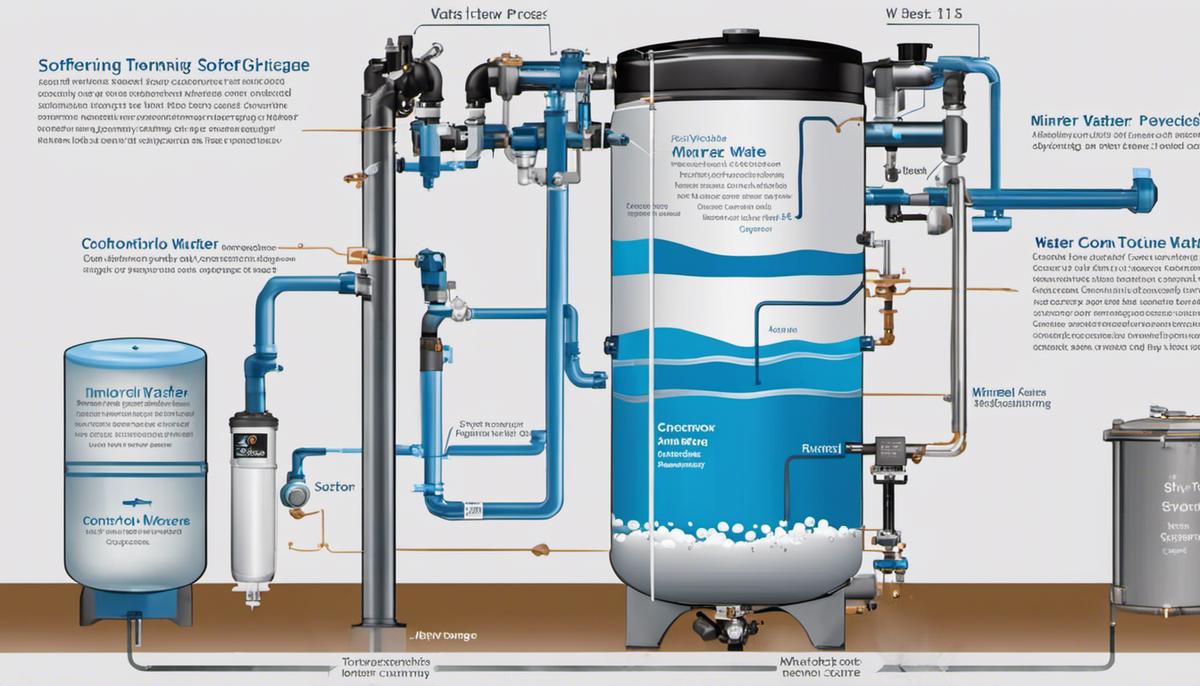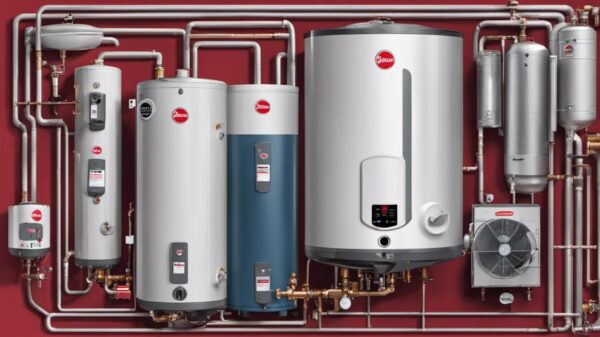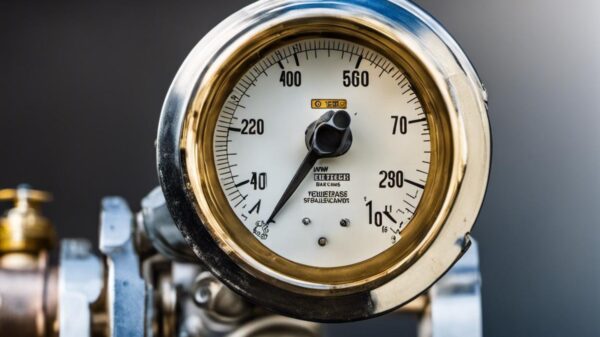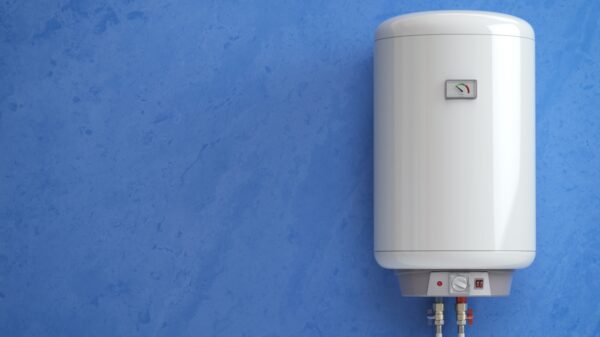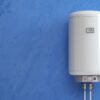The quality of water we use every day has a significant impact on our health and the lifespan of our appliances. One way to improve water quality noticeably is by using a water softener system, converting hard water filled with calcium and magnesium into soft water that’s gentle on our appliances and skin. Knowledge about the principles of water softening, recognizing the different parts of a system, using the proper tools for installation, and understanding the process of installation is essential.
This comprehensive guide takes the mystery out of the water softening process, educating the reader on the intricacies of the system down to its smallest detail. From the importance of sizing the system to fit your home to the science behind the ion exchange process, vital information awaits. So, whether you’re a newcomer to the concept or looking to expand your understanding, this guide will undoubtedly enlighten you.
Understanding Water Softeners
A Techie’s Guide to Water Softeners: Understanding the Basics and Functioning
In the world of appliances, there’s a smooth operator often overlooked, yet quite essential. We’re talking about water softeners, the technology vital to maintain your home’s water quality and your appliances’ durability.
So, what’s a water softener anyway? Simply put, it’s an appliance designed to remove minerals like calcium and magnesium from your water supply. Excess of these minerals cause hard water, notorious for damaging pipes, reducing soap efficiency, and leaving your skin feeling quite dry.
Understanding the intricacies of water softening technology can be a rewarding quest for tech enthusiasts, so let’s dive in.
The process may seem complex at first glance, but in essence, it revolves around a simple yet effective process- ion exchange. It’s the heart of a water softener and involves exchanging of hard water minerals for softer elements, typically sodium. This exchange takes place within a container known as a resin tank, which houses minuscule resin beads carrying a negative charge.
Hard minerals such as calcium and magnesium, with their positive charge, find these resin beads irresistibly attractive. As the hard water passes through the resin tank, the minerals latch onto the beads, effectively pulled out of the flow. Sodium ions, with their own positive charge, are then added to the mix, forcing the hard water ions to further relinquish their hold.
The result? Softened water with significantly lower levels of damaging minerals is re-introduced into your home’s water supply.
But don’t worry, while keeping an eye on the resin tank is essential, modern water softeners come equipped with self-cleaning functionality. Referred to as regeneration, this process involves three stages: backwash, recharge, and rinse. It helps clear out the accumulated hard minerals, ensuring the efficiency of the appliance.
When deciding on the right water softener, consider factors like size, structure, kind of resin, and regeneration settings. While some systems are manually set, others tout clever tech such as metered or timed controls, allowing users to automate, streamline, and optimize the entire process.
So, if you’re experiencing the perils of hard water, take a step towards this simple yet effective technology. There’s a water softener out there for every home size, every budget, and every tech enthusiast who loves smart, efficient solutions.
Here’s to embracing technology that not only simplifies lives but also secures our homes. That’s the real beauty of water softeners, folks. They’re the silent protectors, working tirelessly in the background. It’s about time the humble water softener gets the kudos it rightfully deserves. Happy softening!
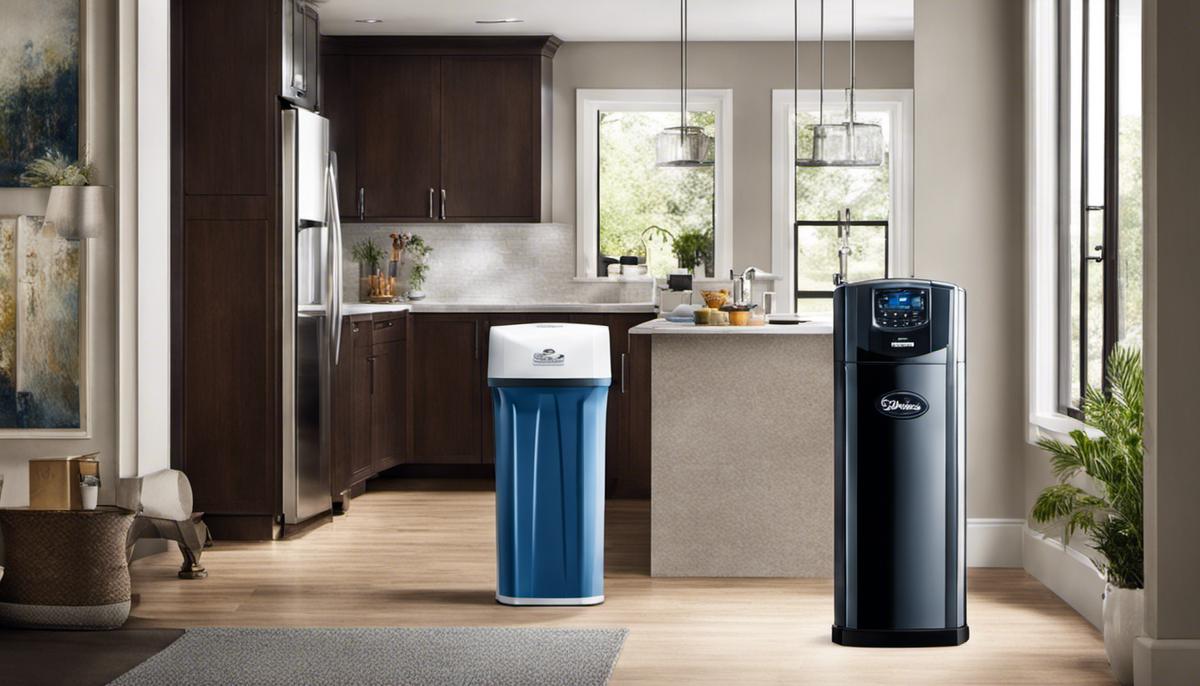
Preparation and Purchase
Now, considering the essentials have been touched upon, let’s delve into what is needed before purchasing and preparing to install a water softener. Of course, nobody heads into a technology purchase, especially one as significant as this, without some planning and preparation. So, to ensure an optimal purchase and seamless installation, here are important factors to keep in mind.
-
Firstly, a comprehensive and accurate water test ought to be carried out. This informs you about the level of hardness of the water and the presence of any other constituents that can interfere with the ion exchange process. Iron, manganese and acidic pH levels can necessitate additional treatments. So, an exhaustive analysis ensures you choose the most suitable water softener system for your specific needs.
-
Second, consider the effective water flow rate of your household. This, basically, gives you an accurate picture of how much water your home uses during peak usage times. This information will ultimately aid in determining the size of the softener you should get. Higher flow rates dictate larger softener sizes.
-
Third, labor into your budget for any additional installation cost or accessories you need. Cutting-edge tech can often mean high installation costs, especially for models which might require professional installation. Therefore, buffering your budget to accommodate unexpected costs in this respect is smart.
-
Also, crucial in decision-making is the maintenance requirements of the water softener. Certain models necessitate a higher level of ongoing care to function efficiently over their lifespan. Others may require more frequent regeneration cycles, leading to increased water and salt usage. A keen interest in these factors can lead to future savings and reduced environmental impact.
-
Lastly, reckon with the location where you intend to install the water softener. A space like a garage, basement or utility room is ideal. The spot should have a dry ground, be near an electrical outlet, and have easy access for periodic maintenance. Additionally, be sure it is installed before the water heater to avoid hard water damage to the unit.
Research is key to avoid pitfalls and to ensure the best choice for your specific needs. With these in-depth considerations, you can be sure to make an informed decision on purchasing and installing the perfect water softener for your home. As much as these pointers guide your decision-making process, bear in mind technology keeps evolving. Remain alert for new improvements that could revolutionize water softening technology as we know it. Happy softening!
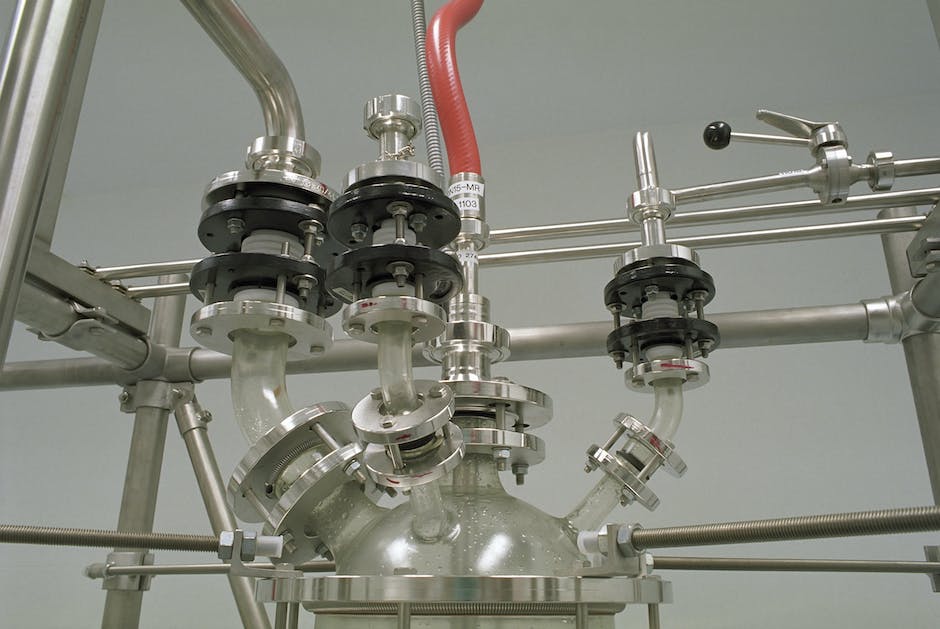
Installation Process
Harnessing the Power of Technology for Pure and Soft Water
Escalating into the practicalities of water softening installation, let’s dive right in.
First, secure your tools. The quintessential toolbox for water softener installation must include: adjustable wrenches, a torch, pipe cutters, solder, a masonry drill, and screwdrivers. Make sure your toolbox is well-equipped before the operation unfolds.
Next, organize your working space. Clear the area for installation in an accessible and spacious location, preferably near the main water line. Shut off the water supply before commencing. Safety first!
Using-your water hardness figure from your previous water testing, calculate the unit setting as per the manufacturer’s instructions. Tech savvy homeowners can quickly apply these computations into programming the water softener. All hail the analytic mind!
Now, it’s time to transition to the heart of the operation – the installation.
The golden rule for links and connections stands inviolable – always follow the manufacturer’s instructions. Attach the bypass valve to the control head. Afterward, tail kits should be fixed onto this valve. The exact process may vary between models, so keep that instruction manual within arm’s reach.
To ensure your water softener performs optimally, the tank should be filled with water before adding salt. Patience is your ally here. Allow the system ample time to pressurize, then cautiously initiate your regeneration cycle.
Integrated plumbing forms the subsequent stage. Slipping into the resilient mindset of a technological enthusiast, join tubing or pipework from the outlet of the softener to your household water system. Consequently, install the overflow as instructed, ensuring all connections are secure.
The discharge pipe mandates no cuts or dark corners, while maintaining all appropriate and mandatory air gaps. Mindfulness leads to perfect implementation!
Your tech-inspired journey culminates in testing. Restart your water supply, keeping a vigilant eye for any leaks – troubleshooting is key! Once sure of your tight connections, manually regenerate the water softener to validate its operational capabilities.
Magnificently techno-savvy homeowners can glide through this process with a tactile precision, adding yet another element of automated efficiency to their convenient, modernized homes. Installing a water softener is not just about skillful mechanic work, it’s about rational strategic thinking, sharp problem-solving, and the insatiable desire to optimize your living conditions with technological innovation.
Victoriously standing at the end of the procedure, relish the realization of having successfully maneuvered through the installation journey. Enjoy the benefits of softer, cleaner water knowing that like any sharp and shrewd technology enthusiast, you embraced the challenge head-on and achieved seamless automation and streamlined efficiency. Let the water flow!

In understanding the complexities of a water softener system, the goal is to empower you to make an informed purchase, adhere to safety guidelines during the installation process, and know how to properly use and maintain your equipment for longevity. The knowledge gained on the function of the mineral tank, control valve, brine tank, and more, lays the groundwork for decision-making about the right system for your needs.
Armed with this information, you can confidently navigate the journey of enhancing the water quality in your home, from deciding to soften your water to successfully installing and enjoying the benefits of a water softener system. In the end, your appliances, skin, and overall wellness will thank you for the soft water that comes as a result of your dedicated effort to installing and maintaining a water softener system.


